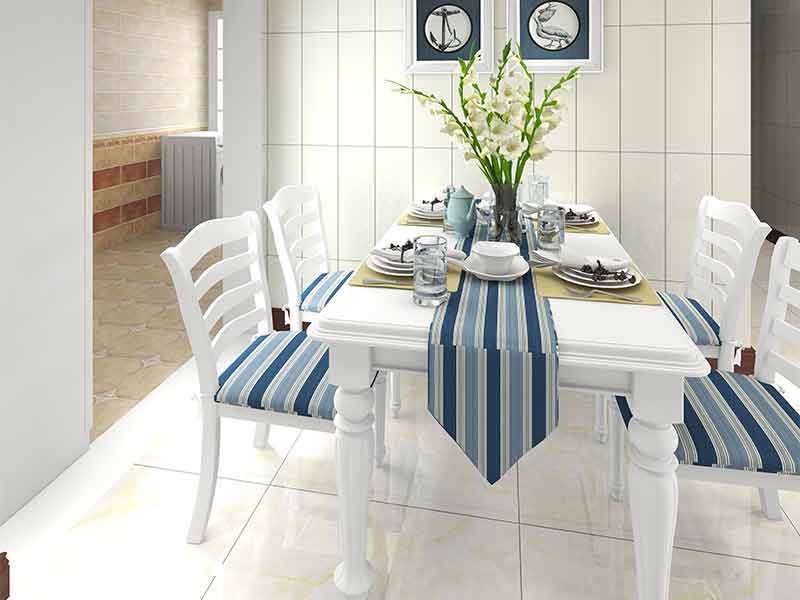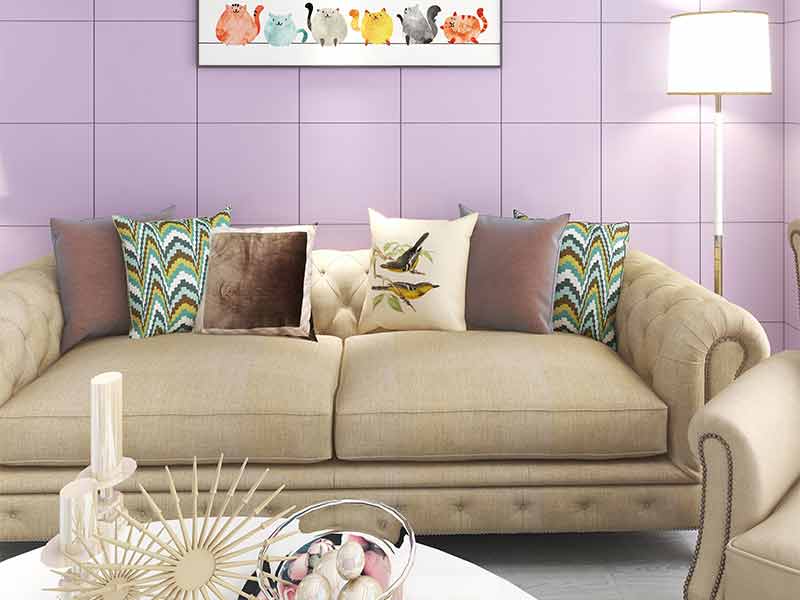NEWS
Categories List
How to Correctly Choose the Thickness of Laminate Flooring
Choosing the right thickness for laminate flooring is crucial for ensuring durability, comfort, and performance. Here’s a guide to help you select the appropriate thickness based on your needs and the specific conditions of your space:

1. Standard Thickness Options
- 7-8 mm: Suitable for light to moderate foot traffic. Ideal for bedrooms, living rooms, and low-traffic areas.
- 9-12 mm: Offers better durability and sound insulation. Recommended for high-traffic areas such as hallways, kitchens, and offices.
- 12-15 mm: Provides enhanced impact resistance and comfort underfoot. Best for commercial spaces or homes with heavy foot traffic.
2. Consider Foot Traffic and Usage
- Light Traffic: For rooms with low traffic, such as bedrooms or guest rooms, thinner laminate (7-8 mm) is often sufficient.
- High Traffic: For areas like hallways, kitchens, or offices, opt for thicker laminate (9-12 mm or more) to ensure longevity and better performance.
3. Subfloor Quality and Leveling
- Uneven Subfloor: If your subfloor is uneven, thicker laminate (12 mm) can help mask minor imperfections and provide a smoother surface.
- Even Subfloor: For well-prepared, level subfloors, a standard thickness of 7-9 mm is usually adequate.
4. Sound Insulation and Comfort
- Comfort: Thicker laminate often provides better comfort underfoot and can feel more cushioned, which is especially beneficial in areas where you stand for long periods.
- Sound Insulation: Thicker laminate can also enhance sound insulation, reducing noise both within the room and between floors. For improved acoustic performance, choose laminate that’s at least 9 mm thick.
5. Installation and Underlayment
- Click Systems: If using a click-lock system, ensure the thickness is compatible with your underlayment to prevent issues during installation.
- Underlayment: In some cases, adding an underlayment can compensate for thinner laminate, but for optimal performance, it's best to choose a thickness that suits your specific needs.
6. Aesthetic and Design Considerations
- Visual Impact: Thicker laminate can provide a more substantial look and feel, which may be desirable for larger rooms or spaces where you want a more robust appearance.
Conclusion
Selecting the right thickness for laminate flooring involves considering factors such as foot traffic, subfloor condition, sound insulation, and overall comfort. Thicker laminates generally offer better durability and performance, making them suitable for high-traffic areas and uneven subfloors, while thinner options can work well in lower-traffic spaces. Choose a thickness that aligns with your specific needs to ensure optimal functionality and longevity of your flooring.
Leave A Reply
Please give us a message
CONTACT US
Please give us a message
CONTACT US



